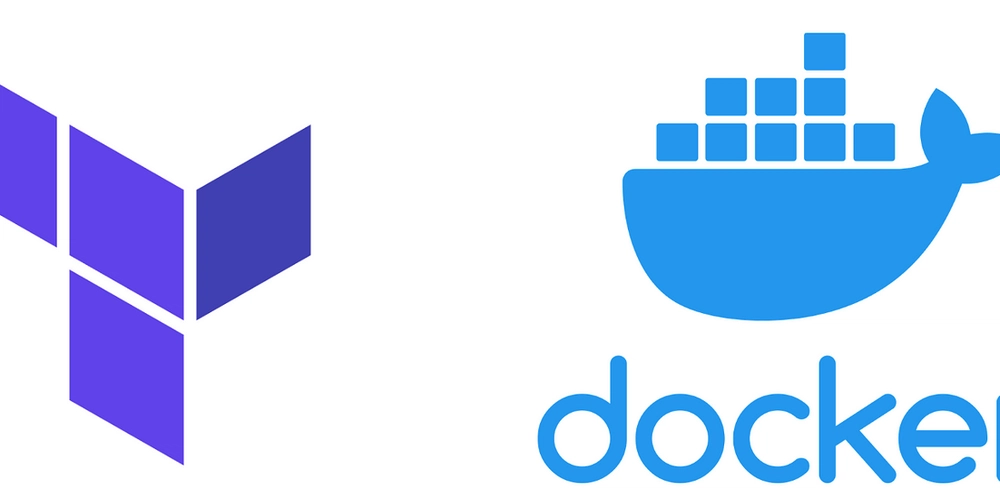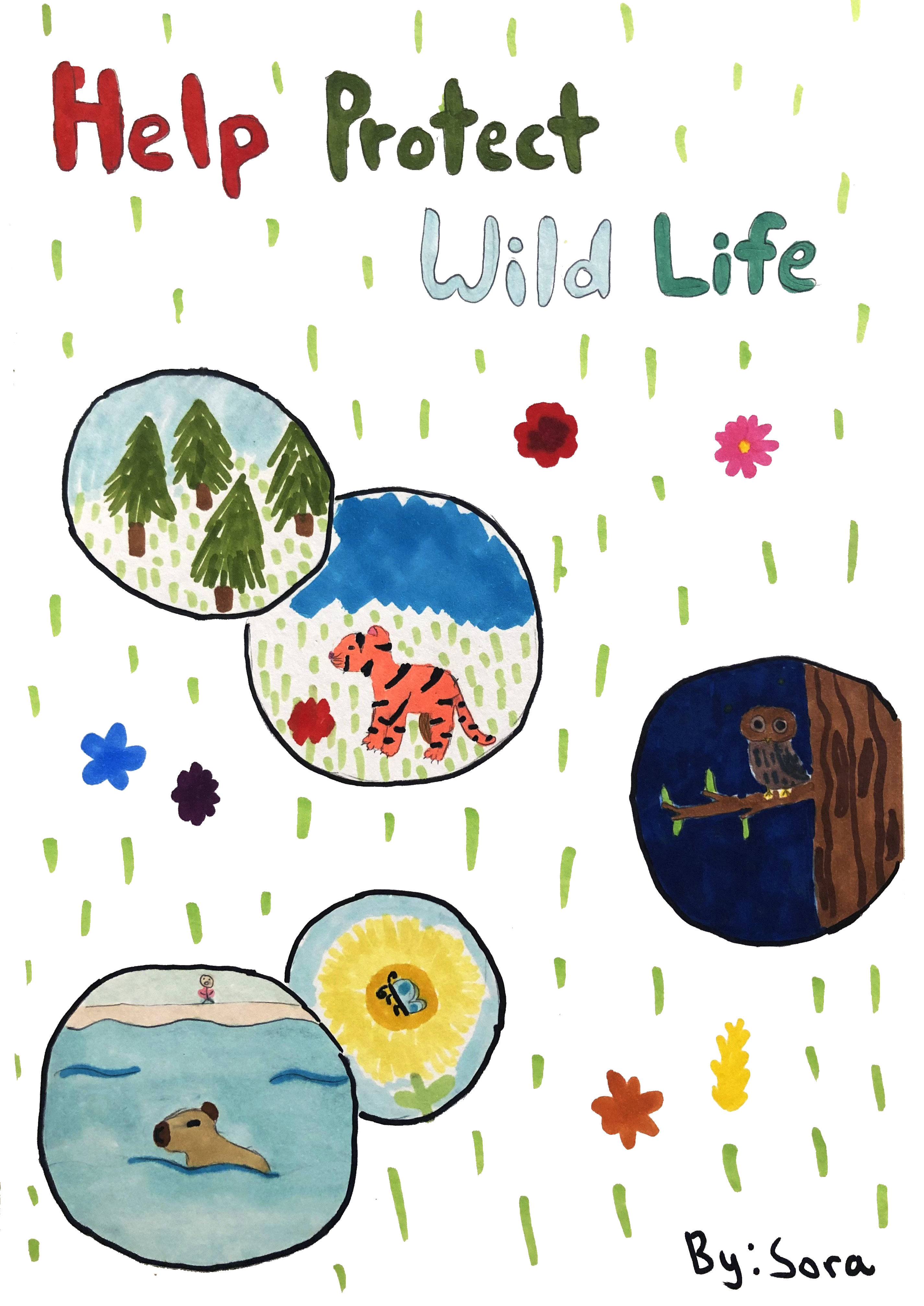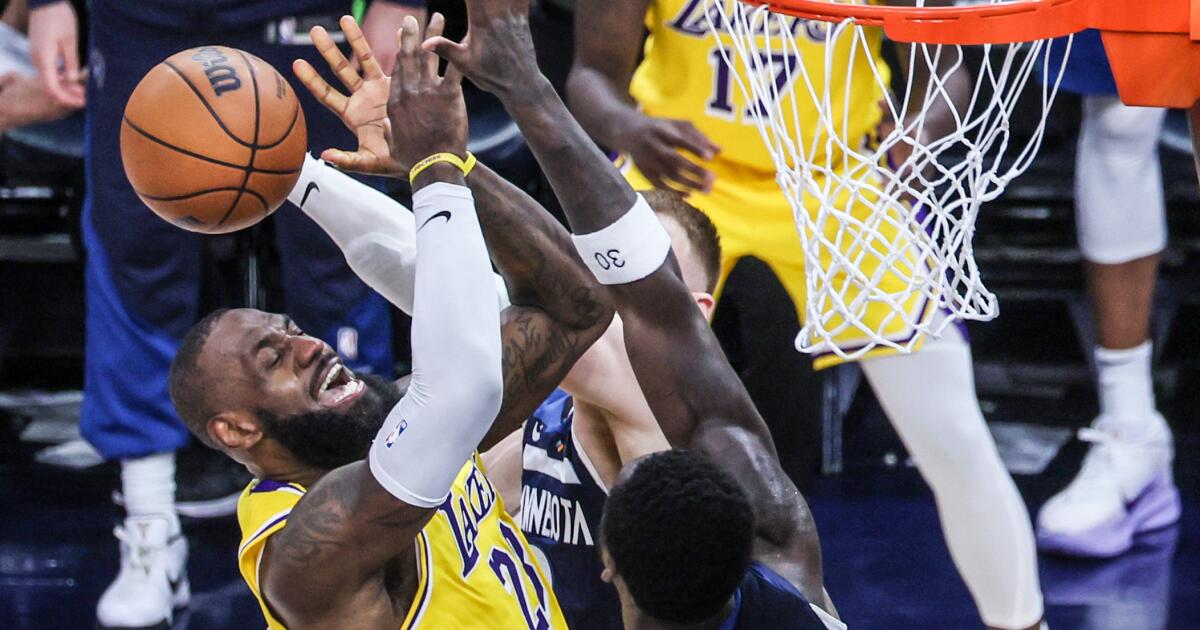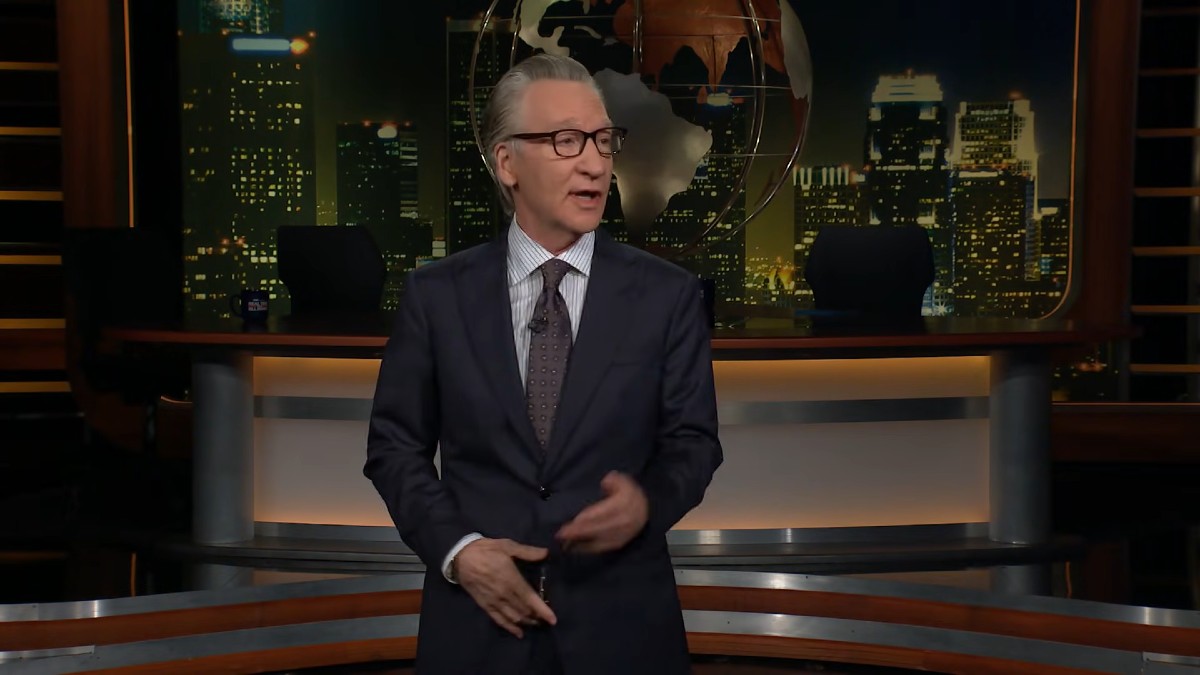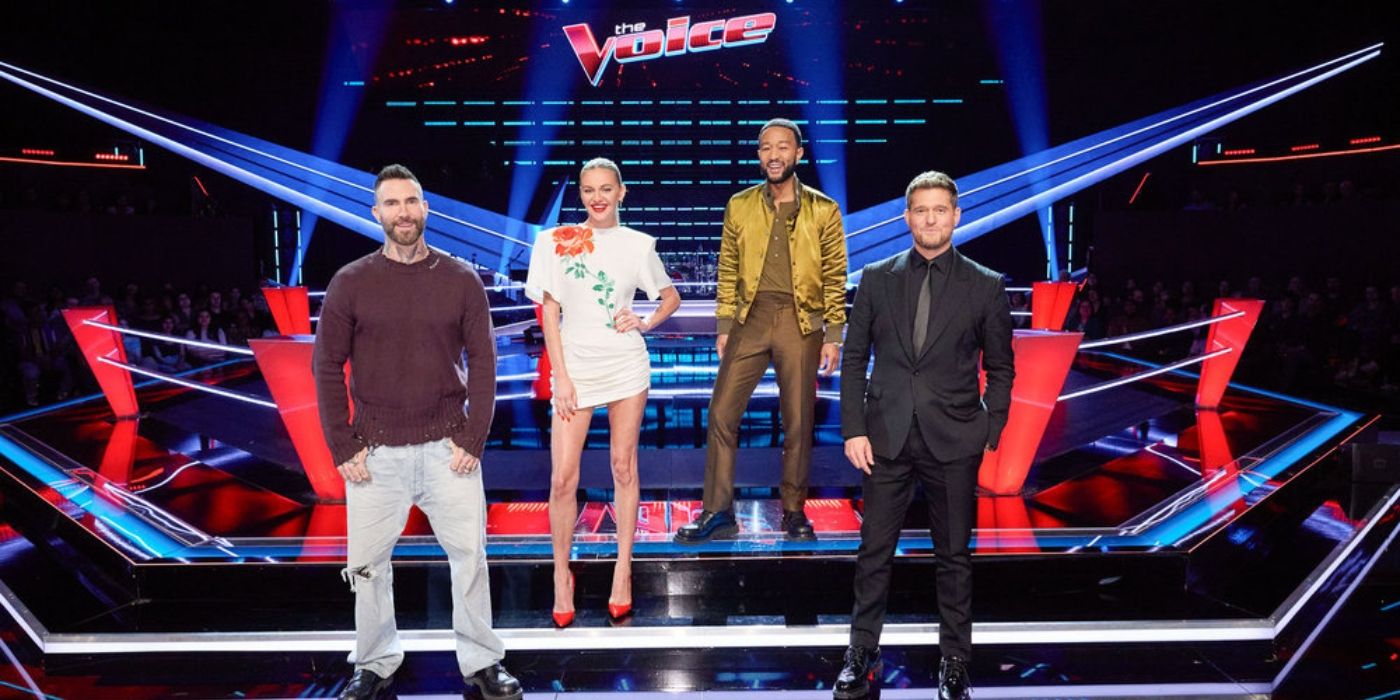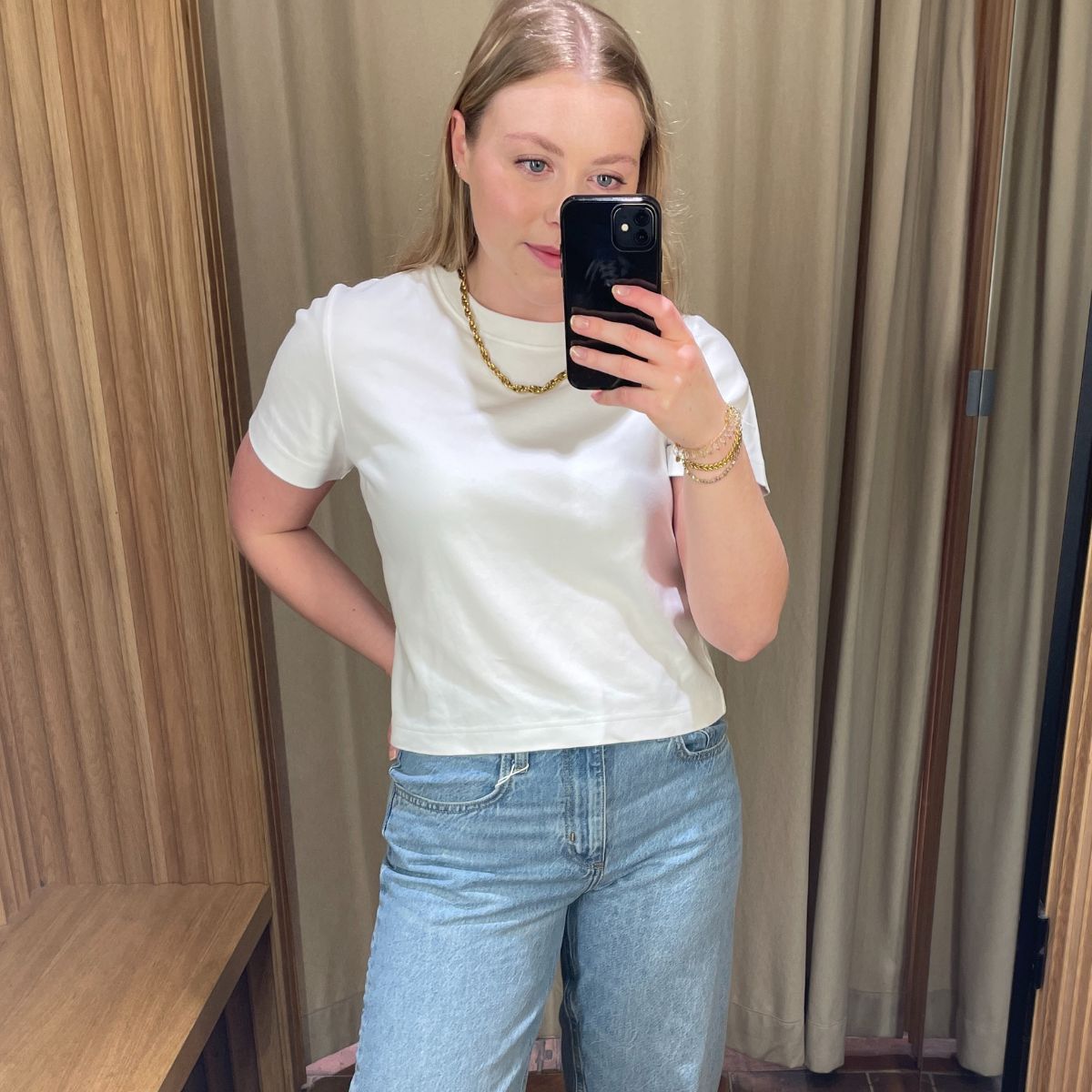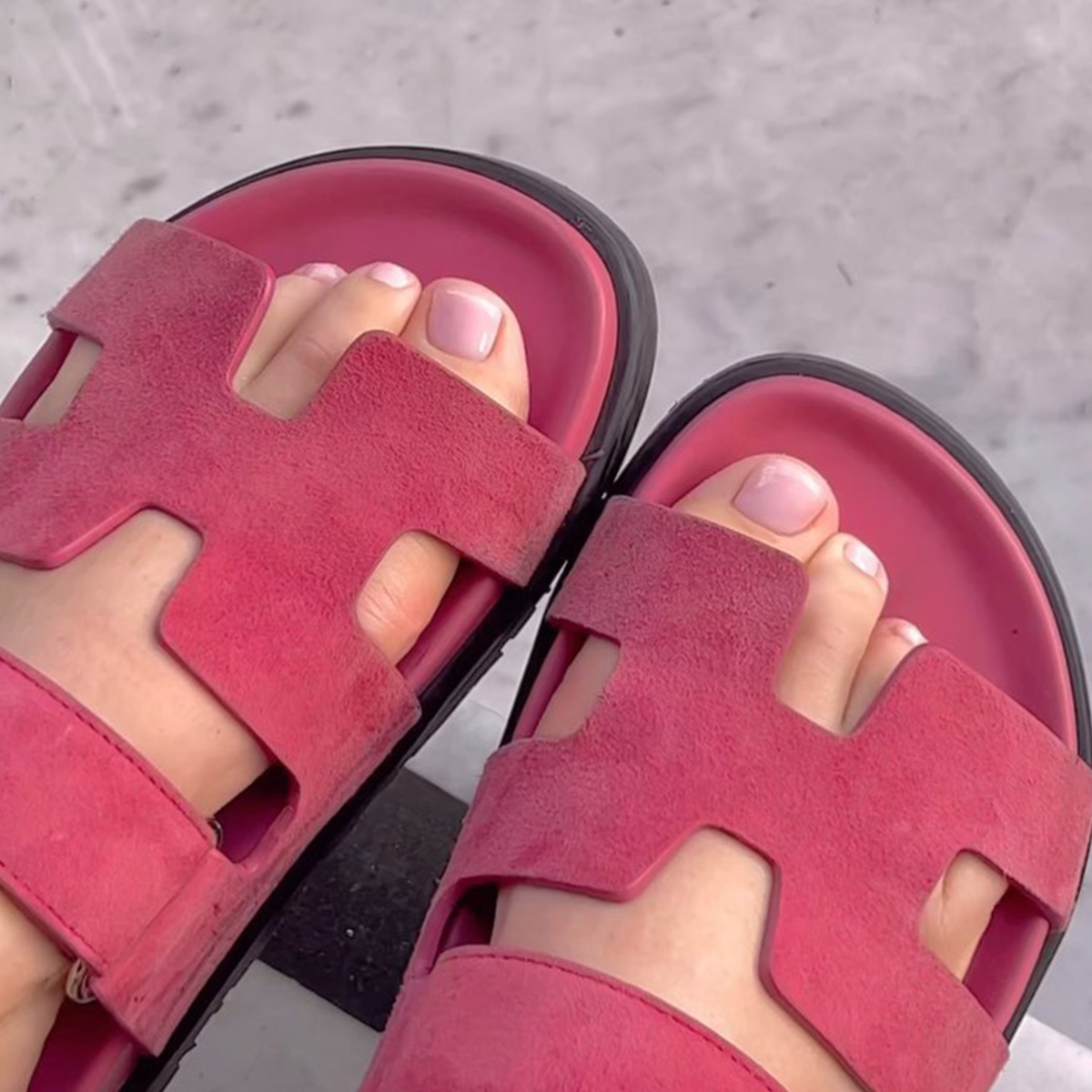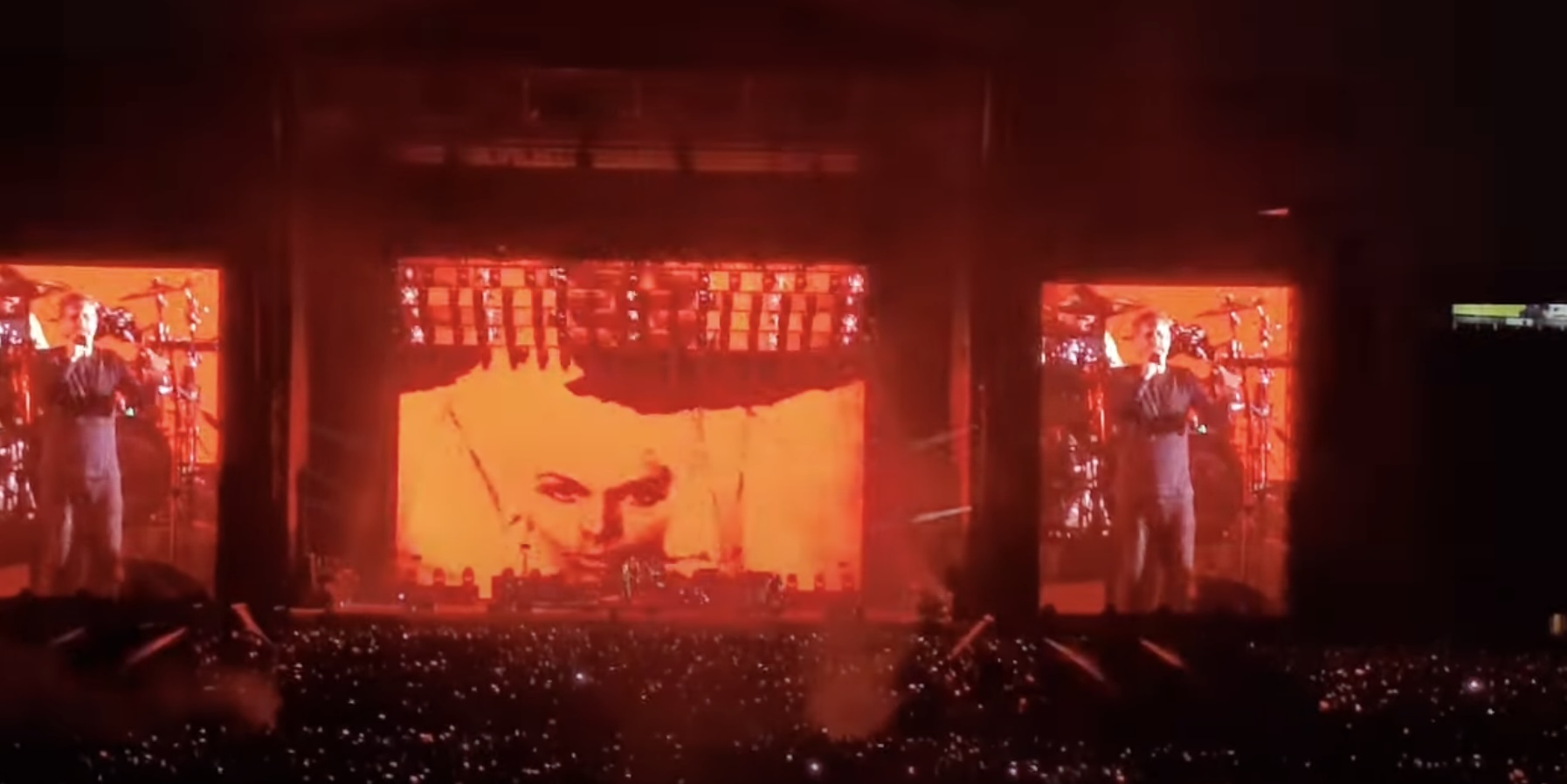Why I Made the Jump from Live Action to Animation and Never Looked Back
After years of writing for live action, I took the leap and followed my passion for animation—and everything shifted. If you're coming from live action, animation might feel unfamiliar. But I found a more collaborative, story-first way to write! If animation still makes you think only of Saturday morning cartoons, you might be missing out. Adult animation is having a moment, with shows like Bojack Horseman, Arcane, and Love, Death & Robots leading the charge. And as Ghibli films have proven, it's not about R-rated humor—it’s about emotional range and visual storytelling. As Guillermo del Toro puts it: Animation is not a genre, animation is cinema, animation is film! With that clarification out of the way, let's unpack what makes animation so rewarding for screenwriters. It offers deep collaboration, real creative influence, and opportunities that go beyond the page—including ownership, longevity, and profit. Let’s break down why this medium might be the best move you haven’t made yet. Story Artists Make You a Better Writer Think of iconic animation moments—like the scene in Wall-E when he dances with Eve in space using a fire extinguisher. That unforgettable beat came from story artist Kevin O’Brien, who pitched the idea to writer-director Andrew Stanton. Working with story artists is one of the most rewarding parts of the process—their visual thinking sharpens your writing and helps you find rhythm, clarity, and punch. 'Thingdom'I remember watching the animatic for Thingdom, the first animated feature I co-wrote. After a few drafts, the boards came back—and suddenly our scenes had more energy, better visual gags, and emotional beats that played stronger. Later, we received insightful feedback from Guillermo del Toro and re-edited the animatic with Carlos Bolado. Their perspective pushed director René Castillo and me to rethink the story and deliver a sharper new draft. It was the kind of growth that only comes from stepping out of the writing cave and into true creative collaboration. In Animation, Story Is King—But the Script Isn’t One of the most surprising aspects of animation is that while story is paramount, the script isn't always the centerpiece, especially in the early stages. In live-action, a polished screenplay is often the key to selling a project. But in animation, especially on the independent side, it’s the pitch deck, the visual tone, and the team that sell the project. Executives and buyers want to see the potential. A killer animatic, stunning concept art, and a director or producer with a vision often carry more weight than a 90-page screenplay. That doesn’t mean writing isn’t important—it just means it happens in layers. It’s more modular. Collaborative. Open to being shaped by design and timing. And for writers, that opens up a whole new way of thinking. Collaboration That Keeps You Sane Writing can be lonely. Especially under NDA, when you can’t talk about what you’re working on. But in animation, you’re rarely alone for long. You’re part of a creative team that includes directors, editors, voice talent, designers, animators, and yes, story artists. You hop on Zooms. You trade pitches. You riff together. And you get to stay involved for way longer than in live action. Writers don’t just disappear after the first draft—they're around for voice records, rewrites, and even test screenings. 'The Mitchells vs. the Machines'Credit: NetflixThe Industry Where Even the Rockstars Return Your Emails In animation, everyone knows everyone, and there’s no star system. Through my Write for Animation community, I’ve had the chance to interview Chris Sanders (Lilo & Stitch), John Musker (The Little Mermaid, Moana), Peter Ramsey (Spider-Verse), Phil Lord (Mitchells vs. the Machines), and the writers of Inside Out 2. They weren’t distant icons—they were open, collaborative, and genuinely respectful of writers. That openness shows up everywhere—from Zoom meetings to panels and festivals—where the focus isn’t on celebrity, but on story. This medium rewards writers who bring clarity, structure, and emotional payoff. Screenwriters are treated as both craftsmen and creatives. For me, it’s the first time I’ve truly connected with a creative circle that shares my values—it finally feels like I’ve found my people. Do Animation Writers Really Make Less? Though base rates lag behind live-action minimums — animation writers earn about half as much as their live-action counterparts — writers in animation are often paid not just for their scripts but also for their continued work throughout production. Depending on the studio and guild agreements, this can include weekly or episodic pay that stretches well beyond the first draft. Writers often stay involved through storyboarding, revisions, and voice records, earning steady income over the life of the project. But for those looking to level up, the path doesn't end there. The big win lies in becoming a creative producer, unlocking revenue


After years of writing for live action, I took the leap and followed my passion for animation—and everything shifted. If you're coming from live action, animation might feel unfamiliar. But I found a more collaborative, story-first way to write!
If animation still makes you think only of Saturday morning cartoons, you might be missing out. Adult animation is having a moment, with shows like Bojack Horseman, Arcane, and Love, Death & Robots leading the charge. And as Ghibli films have proven, it's not about R-rated humor—it’s about emotional range and visual storytelling.
As Guillermo del Toro puts it: Animation is not a genre, animation is cinema, animation is film!
With that clarification out of the way, let's unpack what makes animation so rewarding for screenwriters. It offers deep collaboration, real creative influence, and opportunities that go beyond the page—including ownership, longevity, and profit. Let’s break down why this medium might be the best move you haven’t made yet.
Story Artists Make You a Better Writer
Think of iconic animation moments—like the scene in Wall-E when he dances with Eve in space using a fire extinguisher. That unforgettable beat came from story artist Kevin O’Brien, who pitched the idea to writer-director Andrew Stanton.
Working with story artists is one of the most rewarding parts of the process—their visual thinking sharpens your writing and helps you find rhythm, clarity, and punch.
 'Thingdom'
'Thingdom'
I remember watching the animatic for Thingdom, the first animated feature I co-wrote. After a few drafts, the boards came back—and suddenly our scenes had more energy, better visual gags, and emotional beats that played stronger. Later, we received insightful feedback from Guillermo del Toro and re-edited the animatic with Carlos Bolado. Their perspective pushed director René Castillo and me to rethink the story and deliver a sharper new draft. It was the kind of growth that only comes from stepping out of the writing cave and into true creative collaboration.
In Animation, Story Is King—But the Script Isn’t
One of the most surprising aspects of animation is that while story is paramount, the script isn't always the centerpiece, especially in the early stages. In live-action, a polished screenplay is often the key to selling a project. But in animation, especially on the independent side, it’s the pitch deck, the visual tone, and the team that sell the project. Executives and buyers want to see the potential.
A killer animatic, stunning concept art, and a director or producer with a vision often carry more weight than a 90-page screenplay. That doesn’t mean writing isn’t important—it just means it happens in layers. It’s more modular. Collaborative. Open to being shaped by design and timing.
And for writers, that opens up a whole new way of thinking.
Collaboration That Keeps You Sane
Writing can be lonely. Especially under NDA, when you can’t talk about what you’re working on. But in animation, you’re rarely alone for long.
You’re part of a creative team that includes directors, editors, voice talent, designers, animators, and yes, story artists. You hop on Zooms. You trade pitches. You riff together. And you get to stay involved for way longer than in live action. Writers don’t just disappear after the first draft—they're around for voice records, rewrites, and even test screenings.
 'The Mitchells vs. the Machines'Credit: Netflix
'The Mitchells vs. the Machines'Credit: Netflix
The Industry Where Even the Rockstars Return Your Emails
In animation, everyone knows everyone, and there’s no star system. Through my Write for Animation community, I’ve had the chance to interview Chris Sanders (Lilo & Stitch), John Musker (The Little Mermaid, Moana), Peter Ramsey (Spider-Verse), Phil Lord (Mitchells vs. the Machines), and the writers of Inside Out 2. They weren’t distant icons—they were open, collaborative, and genuinely respectful of writers.
That openness shows up everywhere—from Zoom meetings to panels and festivals—where the focus isn’t on celebrity, but on story. This medium rewards writers who bring clarity, structure, and emotional payoff. Screenwriters are treated as both craftsmen and creatives. For me, it’s the first time I’ve truly connected with a creative circle that shares my values—it finally feels like I’ve found my people.
Do Animation Writers Really Make Less?
Though base rates lag behind live-action minimums — animation writers earn about half as much as their live-action counterparts — writers in animation are often paid not just for their scripts but also for their continued work throughout production. Depending on the studio and guild agreements, this can include weekly or episodic pay that stretches well beyond the first draft. Writers often stay involved through storyboarding, revisions, and voice records, earning steady income over the life of the project.
But for those looking to level up, the path doesn't end there. The big win lies in becoming a creative producer, unlocking revenue from project ownership or back-end deals. Retaining rights is the ultimate play, especially as streaming services like Netflix and Amazon Prime Video snap up YouTube animated shows for their built-in fan bases and lower production costs compared to original content.
 'The Amazing Digital Circus'Credit: 'Netflix'
'The Amazing Digital Circus'Credit: 'Netflix'
For example, The Amazing Digital Circus, created by Gooseworx and Glitch Productions, went viral on YouTube with over 346 million pilot views before Netflix licensed it in 2024, with Glitch retaining creative control and YouTube-first releases. Similarly, George Lucas’s 1970s Star Wars deal, trading a lower director’s fee for merchandising and sequel rights, sparked billions in revenue. In animation, where vivid styles and characters birth vast universes, holding onto rights isn’t just creative control—it’s a savvy move for long-term wealth.
To Infinity, and Beyond!
I didn’t switch to animation for an easier path—I chose it for a richer one. It’s a world where collaboration sparks better stories, imagination knows no limits, and your work can live on through iconic characters and worlds. If you’re ready to trade the isolation of live-action scripts for a vibrant, story-driven community, animation might just be your home. Take the leap—you may find, like I did, that it’s where your creativity truly thrives. To infinity, and beyond!










